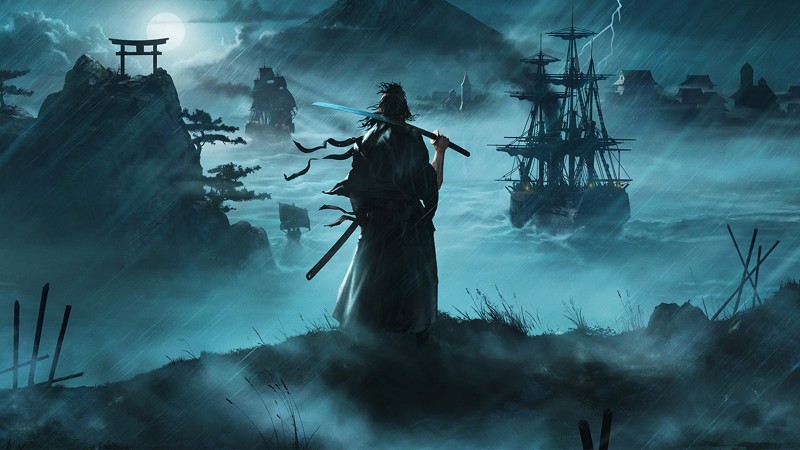Rise of the Rōnin Review – Crossed Swords

“In a mad world, only the mad are sane,” a stirring line from Akira Kurosawa’s 1985 samurai epic Ran, urges us to remember that in times of chaos, strange or unconventional ideas may actually be wise. In Rise of the Ronin, I argue Team Ninja exemplifies that madness with an open-world title far outside its usual comfort zone. Unfortunately, even in a mad world, seeing the wisdom in many of the decisions made here is difficult.
Rise of the Ronin is Team Ninja’s first open world, set against a backdrop of 19th century Japan to tell a historical story of political upheaval and revolution. As a new pathway for a developer that primarily focuses on tightly designed levels, there is little to be upset about in its open-world execution. It is, lamentably, about as standard as open-world design comes, with content littered across the map but little of it compelling enough to seek out.
[embedded content]
Collecting cats for one quest-giver, foreign books for another, photographs for a third, and so on, starts out feeling shallow and only ends up crumbling into busywork that grates over time more than it enhanced. These activities are clearly meant to freshen up the standard gameplay loop with distractions, but they left me scratching my head at the necessity of being an open-world game in the first place.
As a successor to games like Nioh and Wo-Long: Fallen Dynasty, Rise of the Ronin once again employs Team Ninja’s parry-heavy core to an impressive degree. Even when I might prefer to use stealth, most missions eventually become parry-fests where I wait for an enemy to get aggressive and go back and forth until I can perform a critical attack in return. Like those previous games in Team Ninja’s portfolio, it is consistently exciting to successfully parry every strike of an enemy’s combo and make them pay for it.
Where Ronin suffers is how intensely concentrated the game is on this single mechanic, as fun as it may be, to the exclusion of all other variety. The repetition of solving every single problem in the game with parries takes an often enjoyable action and forces me to do it thousands of times with little in the way of combat diversity. I began to feel like a hammer in a world full of nails with a litany of the same tasks to do that lost their novelty long before I hit the credits, regardless of the different stances and skills that do not feel especially additive to the experience.
Team Ninja made a conscious effort to limit enemies to humans in this history-based story, as opposed to the demons and monsters and other supernatural creatures of the night. While understandable, this self-imposed restriction to the assortment of enemies exacerbates the echoing monotony that builds toward the end of the game. There are only so many Very Large Men with Two Swords I could come across before feeling like I had fought entirely too many of them.
Rise of Ronin’s sweeping green fields and cascading waves of falling red leaves paint a beautiful picture that the game’s graphical prowess does not keep up with. Aesthetically, it makes the open world feel peaceful, but sometimes shoddy character models and simplistic environments break that immersion in half. The game’s graphical fidelity mode is borderline unplayable, with framerates that would test even the most stalwart frame-ignorer of their tolerances.
Almost nothing in Rise of Ronin is outright bad, but it is Exhibit A in any argument about why action games are not dozens of hours long or why open-world designs do not fit every mold. For all the inspirations the game wears on its sleeve, it never rises above them, and thus feels like a title in search of an identity and desperate for a specific kind of player. It’s sometimes a good time, just not for a long time.


Comments are closed.